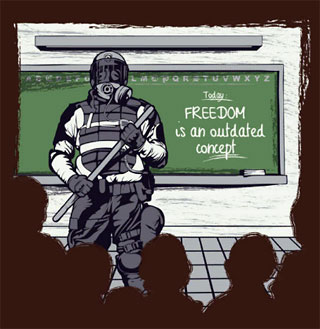Rhetorical Reading Response: “Beautiful Teenage
Brains”
In
David Dodds’ article “Beautiful Teenage Brains” (2012), he explains that there
are reasons why teenagers act irrationally. Dodds develops the idea by
describing case studies in which teenager’s actions were studied and compared.
Dodds wrote this work in order to inform that there are reasons why teenagers
make impulsive decisions and why they behave the way they do. The intended audience
is people who don’t understand teenage behavior.
I
feel like this article defines the teenage brain in a nutshell and proves that
teens understand the risks but has a higher regard for the reward for taking
the risk. I know from my own personal
experiences there were certain things that I would not do in front of my
parents that I would do in front of my friends. I knew and understood the
consequences that came with them, but I wanted to be cool for my friends. To
me, during the teenage stage, it’s all about image when it comes to being a
teenager. It's either you're popular or you're not popular. Teens take more
risk not because they don’t understand the dangers, but because they weigh risk
versus rewards differently (Dodds). It is stated to believe that teens
understand they just don’t care when it comes to getting approval from their
peers.
Dodds
does a great job at elaborating his thesis statement. “14-17-year olds-the
biggest risk takers-use the same basic cognitive strategies [ways of knowing]
that adults do” (Dodds). In this quote, Dodds is saying that teenagers have the
ability to think critically as adults can. This leads to how teenagers view
risk versus rewards, which enable them to make hard decisions. Dodds mentions
that because teens take more risk, they are able to think more critically and
start to succeed more often. “They usually reason their way through problems
just as well as adults” (Dodds). The quote suggests that teens can reason just
as good as adults because they usually overestimate risk. Dodds further informs
us about a driving game test done to teens and adults. The teens ended up
driving more carefully with friends around unlike the adults, which further
confirms the critical thinking power that young people possess. Overall, Dodds
was able to cover over sufficient information about the young brilliant minds
of today’s generation.
Works
Cited
Dodds,
David. “Beautiful Teenage Brains” LaunchPad. Originally published in National Geographic Creative, October
2011
http://www.macmillanhighered.com/launchpadsolo/readwrite/7385790/Home#/launchpad/item/MODULE_bsi__2B8776E4__C845__493C__8BFF__4BCA15B8E06E/bsi__BCEC3C1D__6394__4FDC__B0B6__9AA8F81E92A0?mode=Preview&getChildrenGrades=True&includeDiscussion=False&readOnly=False&toc=syllabusfilter&renderIn=fne







